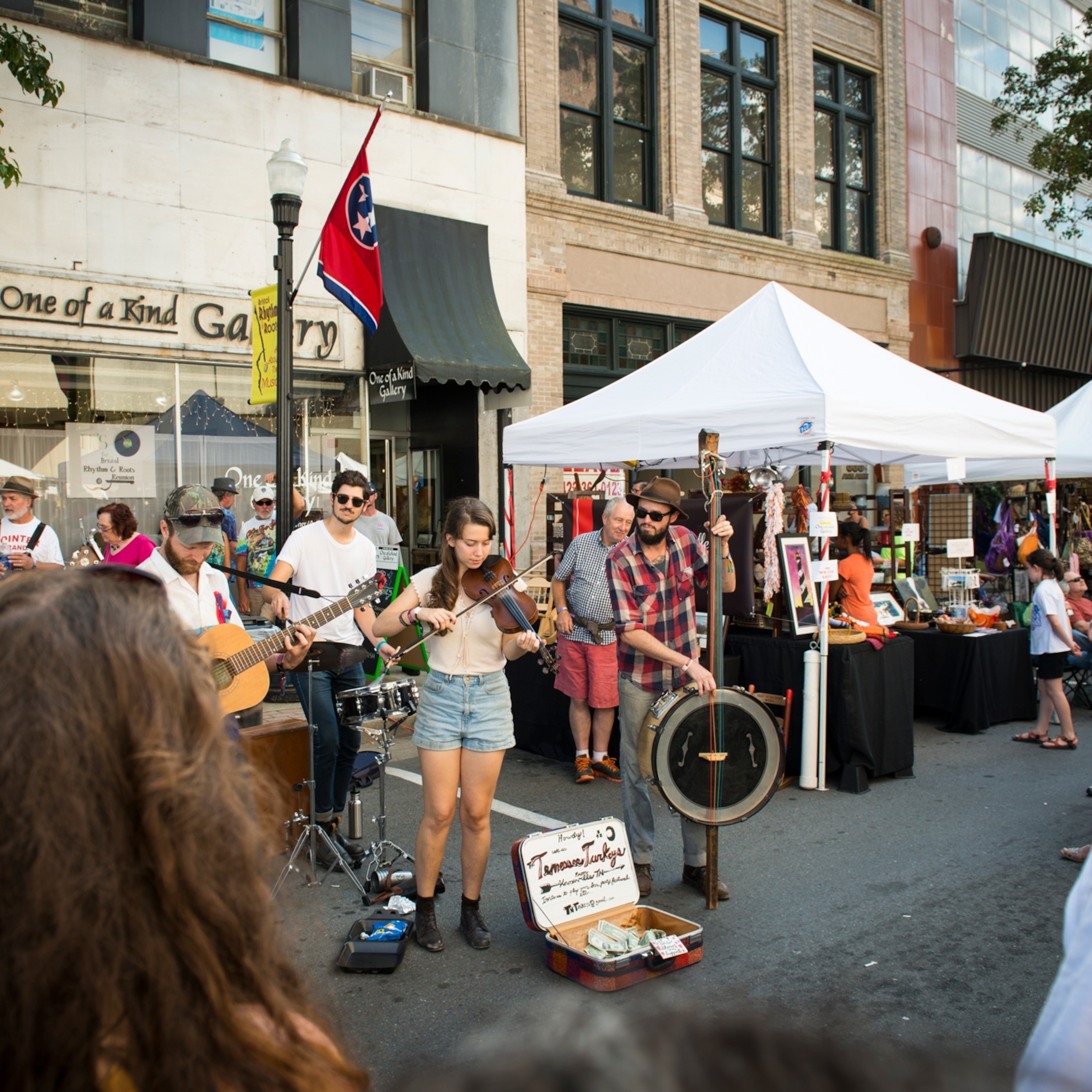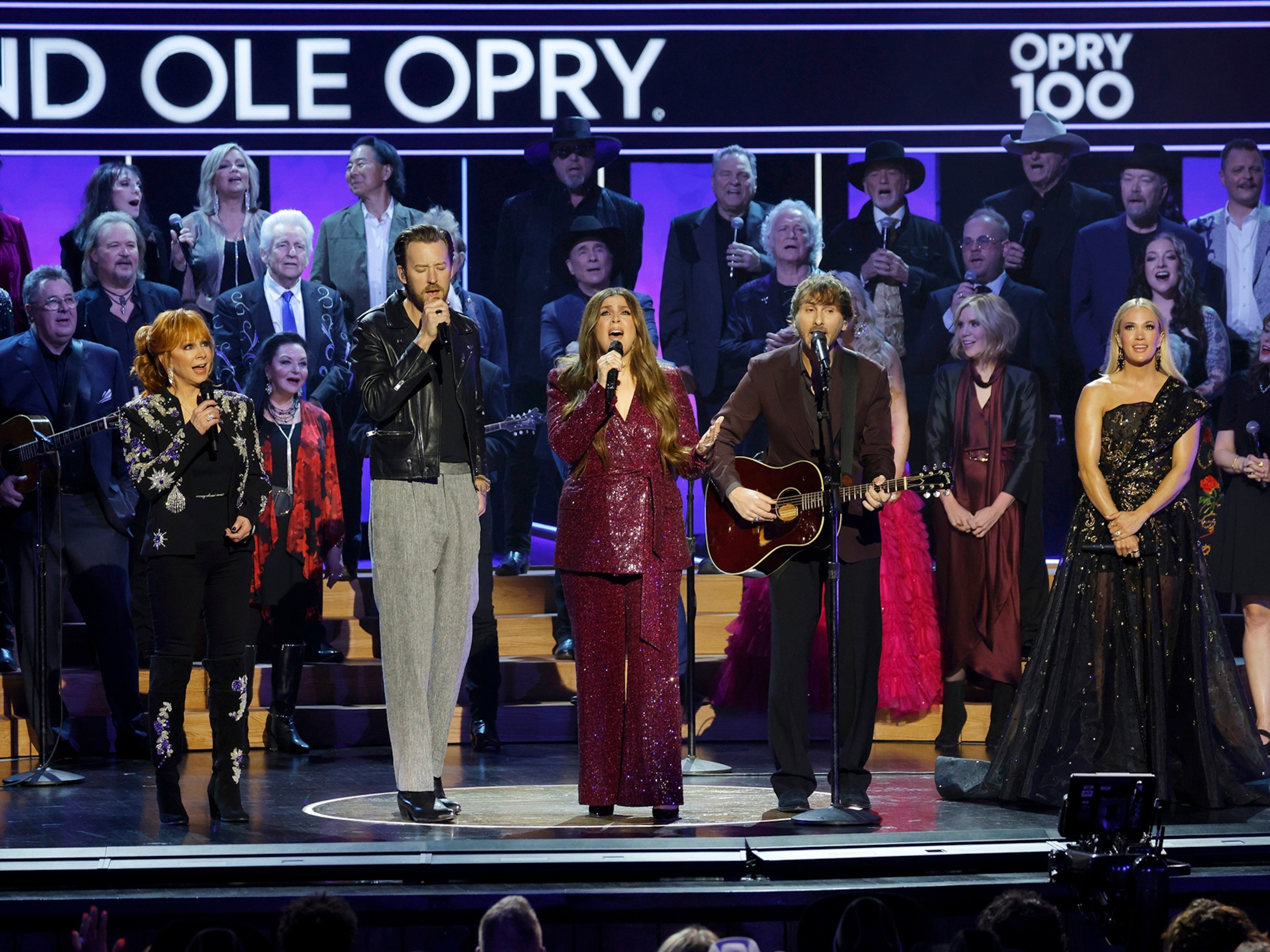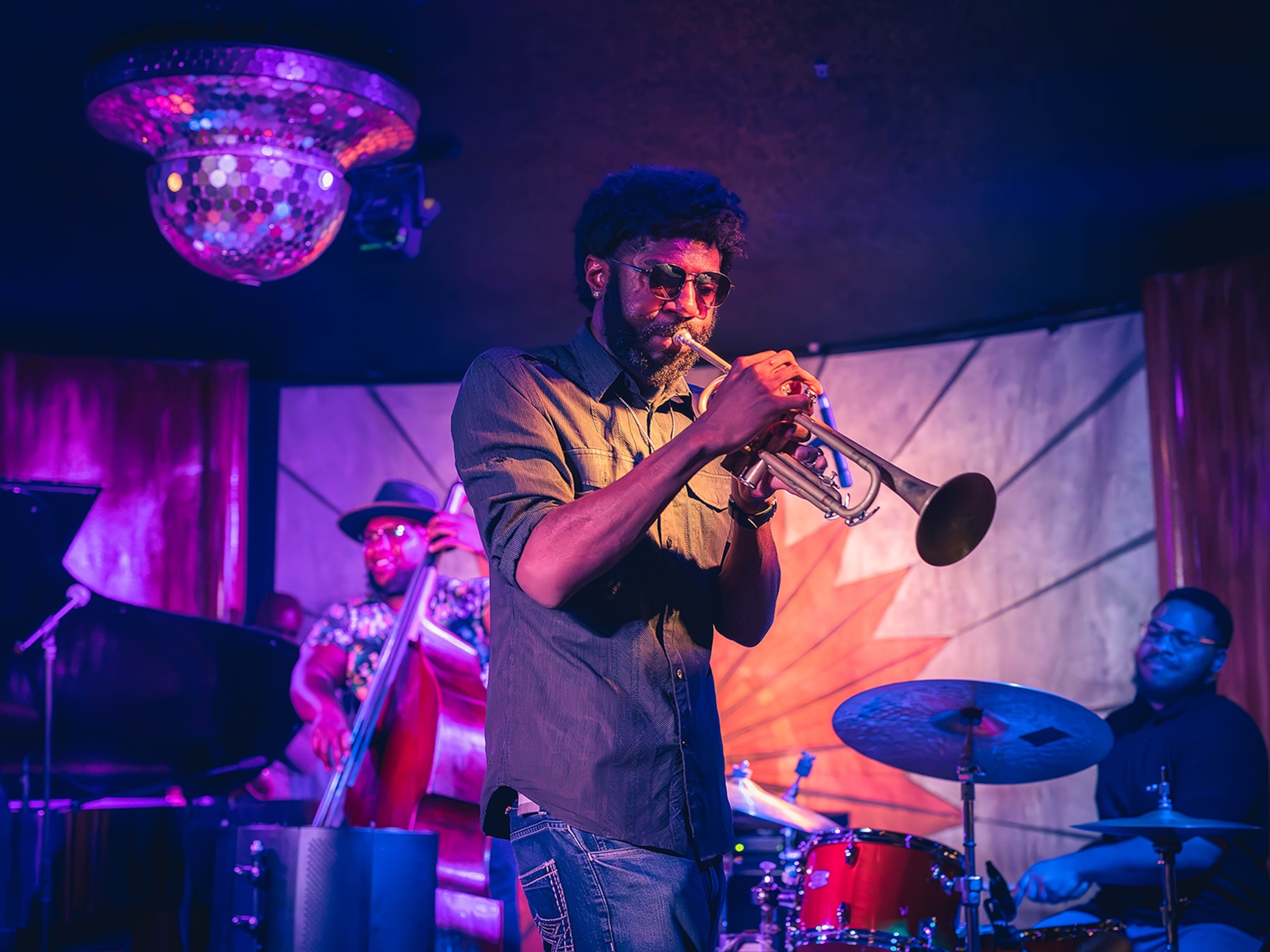
How creative thinking helped Seattle flatten the curve
In the pandemic’s first U.S. epicenter, people are spurring innovation through art, science, and community.
The pandemic hit Washington State’s King County early and hard. On January 20, the first coronavirus case in the United States (recognized at that time) was confirmed here. On May 10, the county hit a grim milestone of 500 COVID-19 deaths. As of May 13, that number has ticked up to 511.
How has Seattle responded? In the midst of this deadly pandemic, in the Pacific Northwest’s most populous county, a riot of creativity is unleashing an improbable wave of optimism. Instead of huddling behind their screens, residents are combating isolation by art-bombing their neighborhoods. Interactive chalk games tattoo the sidewalks. A Little Free Library reveals a candy diorama “Peep Show.” A vaguely round hedge scores googly eyes and a mask, earning 15 seconds of Twitter fame as the Shrub in Scrubs.
Who is encouraging such extroverted expressions in a famously introverted city? One surprising answer: the government. With the help of community organizers, the Seattle Office of Arts & Culture has launched #artdisplays4homestays to encourage residents to display homemade works of art. The program is part of Seattle Together, a community response aimed at growing social networks and supporting neighborhoods in the wake of this COVID-19 pandemic. Front yard art is just the start.

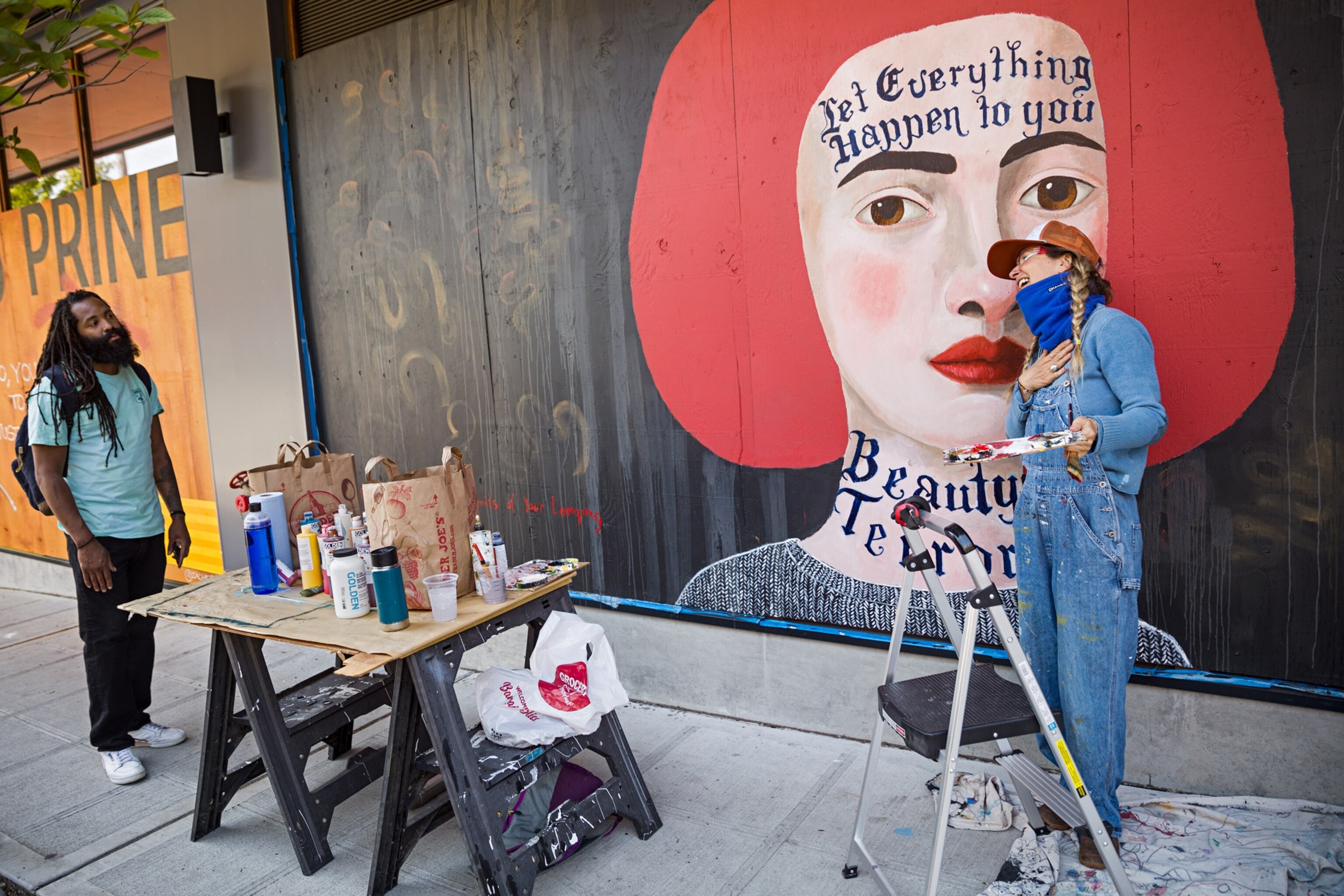
An early hotspot
According to a recent report published in The New England Journal of Medicine, Seattle-area scientists and health experts credit a citywide pandemic surveillance platform, established in November 2018, with the early detection of COVID-19 in Washington state. Results from the Seattle Flu Study, which had collected nasal swabs from Puget Sound area residents with flu-like symptoms for months prior to the coronavirus outbreak, helped accelerate “public health efforts to mitigate the emerging pandemic.”
As the virus jolted America to attention, the death toll in King County increased quickly; to 31 by March 11, when the World Health Organization declared the coronavirus outbreak a pandemic; to 108 by March 23, when Gov. Jay Inslee’s “Stay Home, Stay Healthy” order required everyone to hunker down; to mid-April when Anthony Fauci, director of the U.S. National Institute of Allergy and Infectious Diseases, credited “some places on the West Coast, like Washington state” with successfully flattening the curve.
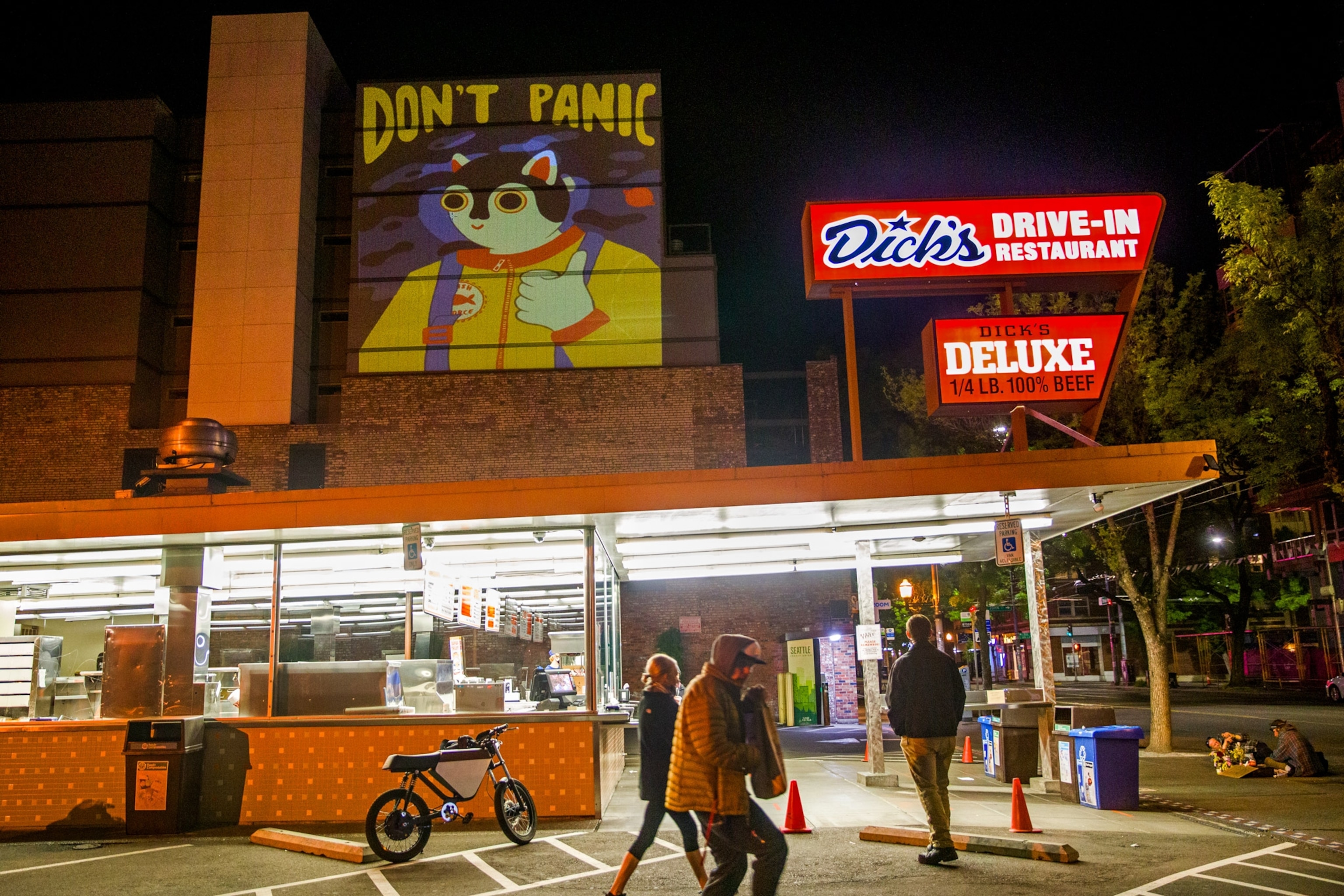
King County still has a long way to go, however, especially as record-breaking spring weather is luring nature-loving Seattleites outside, which may be increasing coronavirus transmission. Orders to stay home have been extended at least through the end of May and Seattle residents have been asked to wear masks in places where social distancing isn’t possible. Washington just re-opened some farmers’ markets and more than 100 parks, trails, and boat launches, but many popular sites remain closed. All of this has taken a devastating toll on local businesses.
(Related: See where COVID-19 cases are growing and declining in the U.S.)
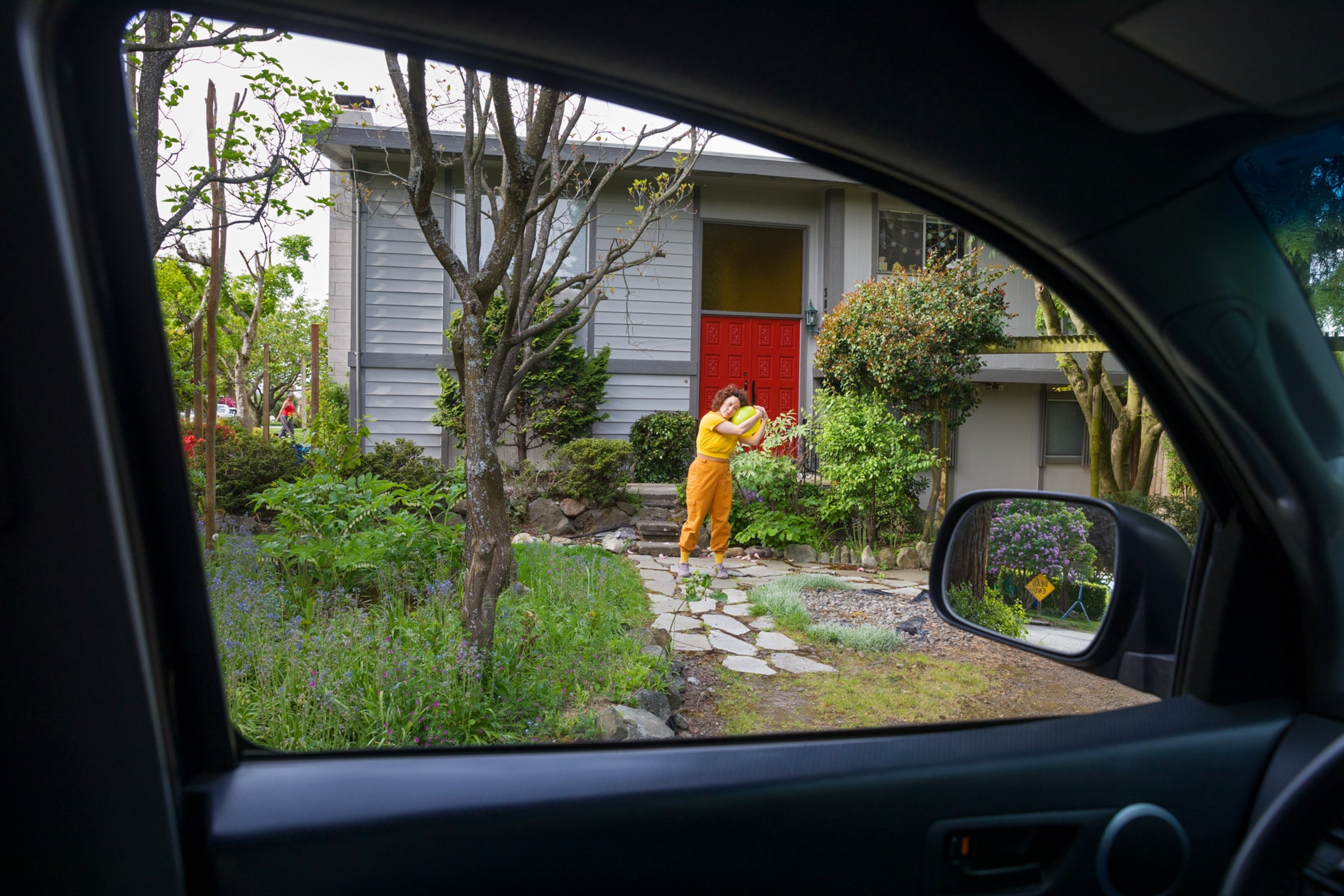
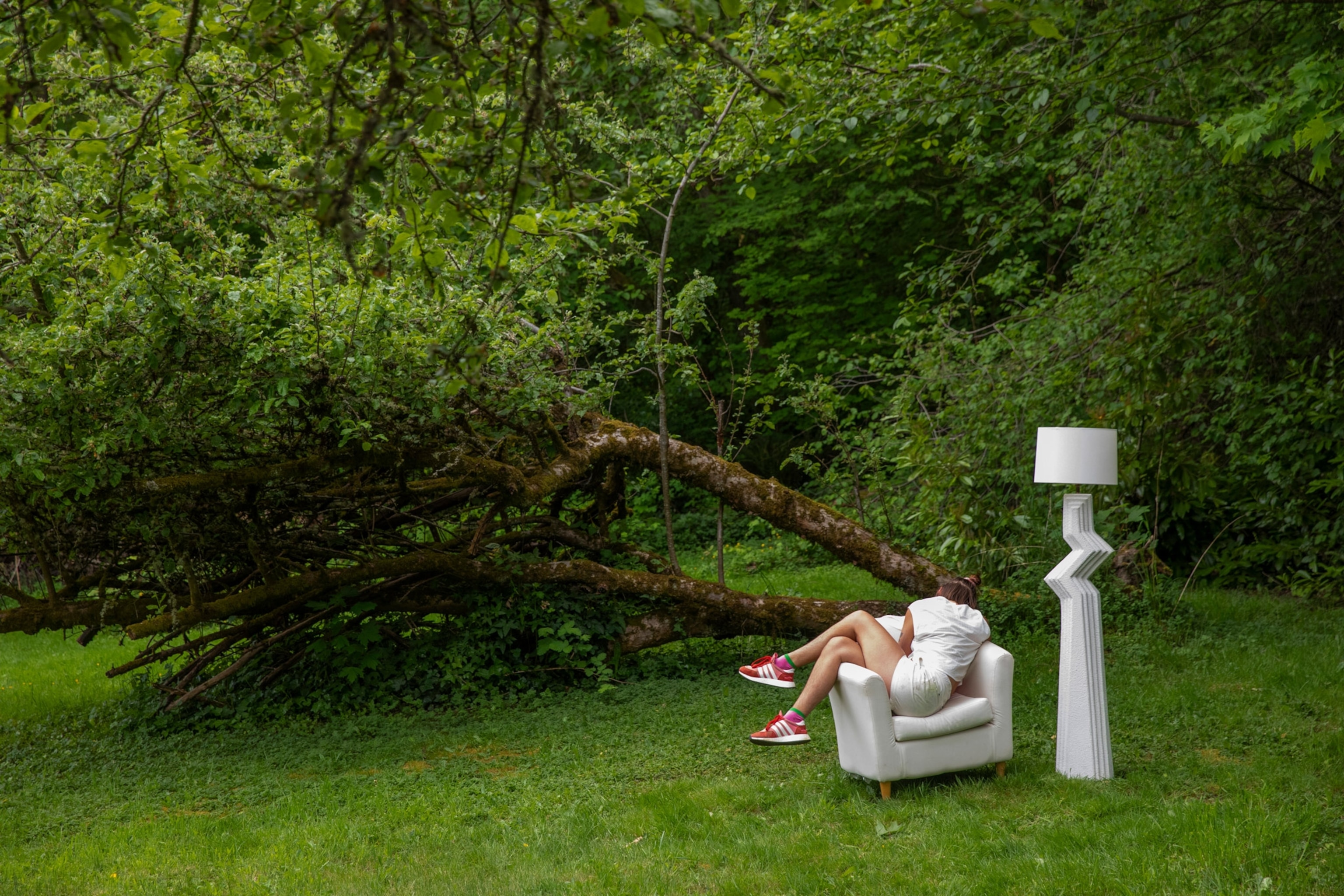
While tourism is only one part of the Seattle economy, the city’s 41 million annual visitors (in 2019) account for some $7.8 billion in revenue, including more than $800 million in local and state taxes. The industry also supports nearly 80,000 travel-related jobs, from restaurant and hotel workers to global tourism operations based in King County, including Expedia and a number of global cruise lines.
Current data paints an alarming picture, with a soaring number of unemployment filings and mountains of lost revenue. But Emerald City residents are finding creative ways to rise above the public health crisis. “Seattle has long been known for being a city of independent thinkers, spurring creativity, innovation, and technology,” says Tom Norwalk, president and CEO of Visit Seattle. “It’s in our DNA to do things in a smart way.”
Creativity may help carry everyone through the lockdown pressures, but it can yield more material assistance too. Case in point: When the Seattle Indian Health Board called for additional personal protective equipment to fight COVID-19, the county accidentally sent body bags instead. Enter Seattle-based Eighth Generation, the country’s largest Native-owned art and lifestyle brand. Within 10 days, it had purchased a pallet of over 13,000 masks and face shields to donate, filling the shortfall that the governments—local and federal—couldn’t.
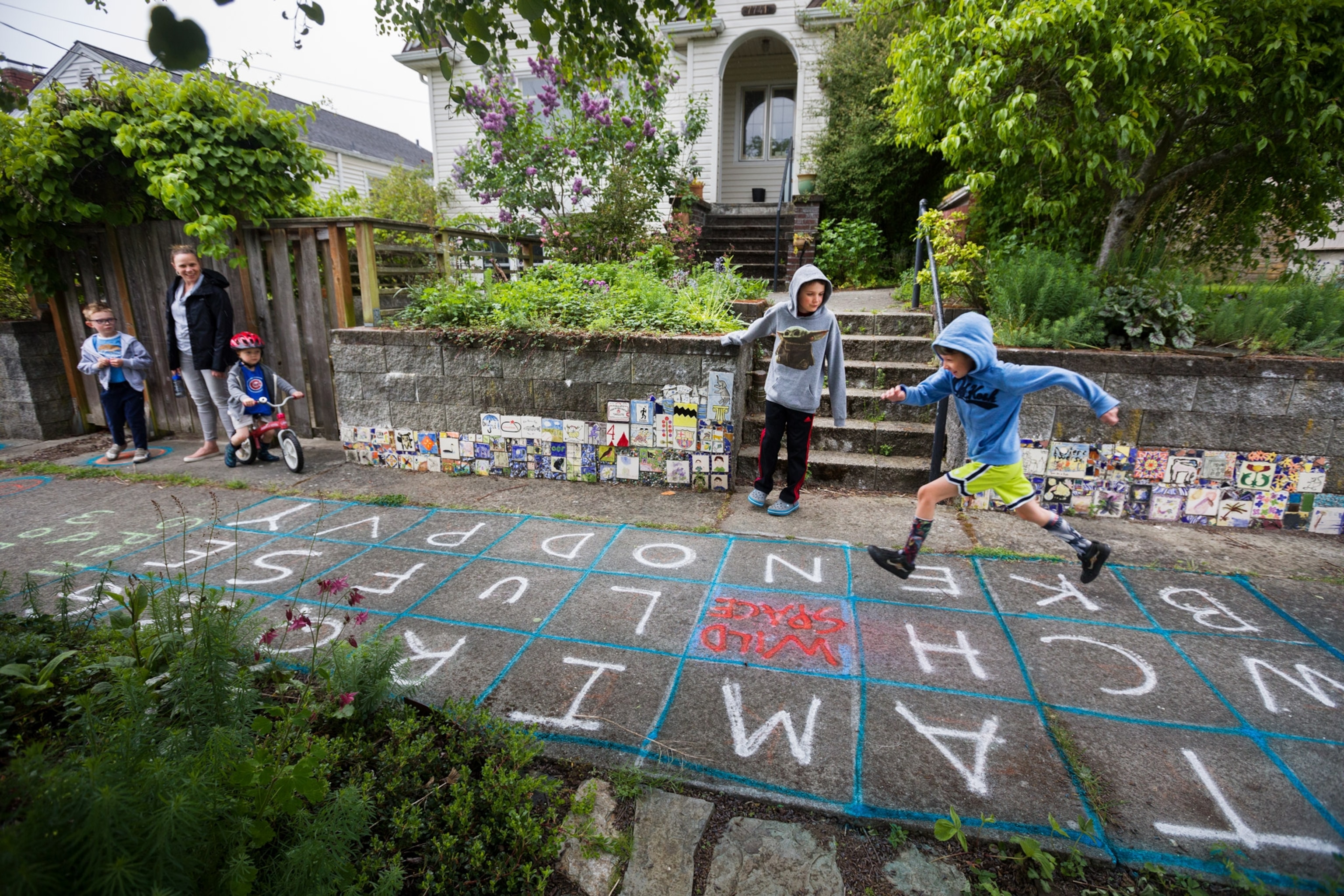
“We all have to be stewards of the communities we live and work in and also stewards of the things we want to see more of in the world,” says founder and CEO Louie Gong, a member of the Nooksack tribe.
Naturally socially distant
The Emerald City has an edge in dealing with the lockdown, as a natural pioneer of social-distancing. Long before the novel coronavirus, locals perfected what became known as “the Seattle Freeze,” a tendency toward introversion that is a manifestation of JOMO, “the joy of missing out.” But these pandemic times are creating a new “normal,” and nowhere is this more evident than in the radical creativity that bursts from the city’s seams.
Amplifier is a Seattle design lab that commissions free, open-source art with social messages, available to download. For Inauguration Day in 2017, the lab shared symbols of hope with the now-iconic “We The People” campaign, a collection of portraits highlighting people of color. “It was built on a hack,” explains executive director Cleo Barnett. “With posters banned from parts of Washington, D.C., we bought full-size, full-color ads in The Washington Post, The New York Times, and USA Today so that the message could be rolled up, carried across the barricades, and unfurled on the other side. It became our biggest campaign yet.”
The group is now tackling “symbols that help promote mental health, well-being, and social change during these stressful times,” according to Barnett. Artists from 50 countries submitted more than 8,000 works in 20 languages. A selection has been printed and pasted all over the city. Sandin Medjedovic’s image of a doctor as Atlas—bearing the weight of the world—hangs 16 feet high in Seattle’s Pioneer Square.
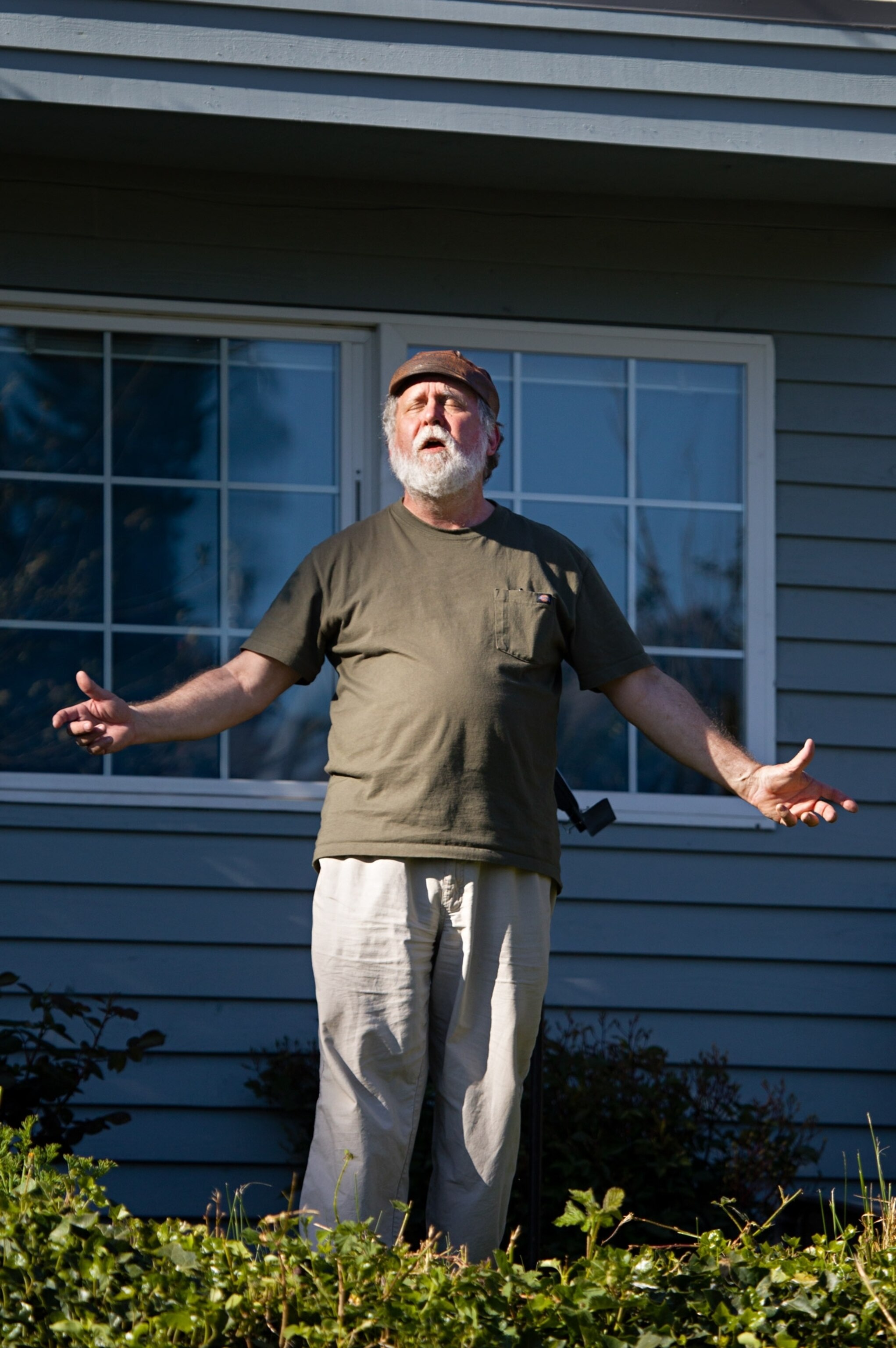
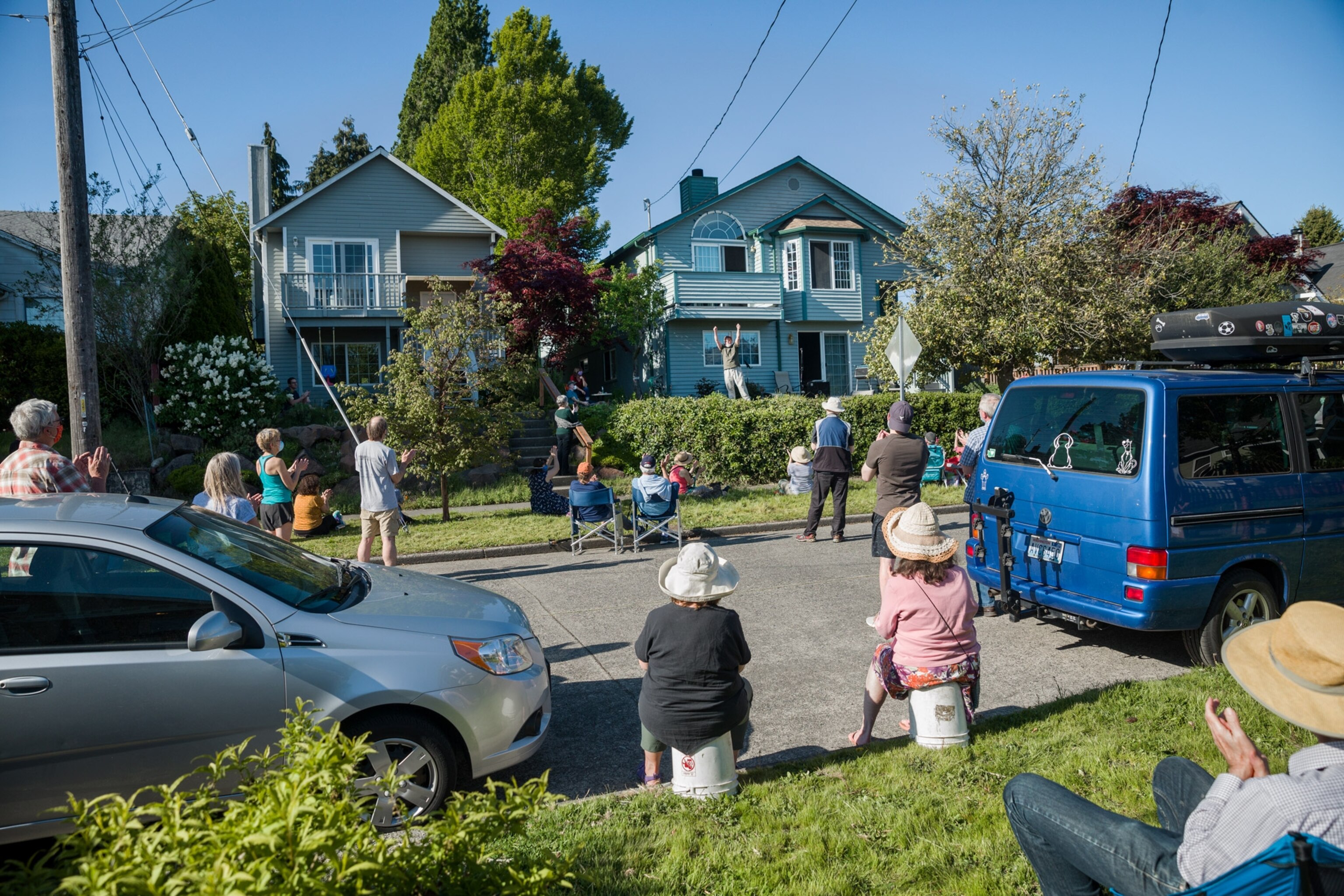
Throughout the week of May 18, the group plans to roll out five blocks of imagery on boarded-up businesses downtown. It will be Amplifier’s largest public art project to date. The campaign features more than 20 creatives, among them locals like Akira Ohiso, Stat Phillips, and Eileen Jimenez. “We’re putting messages into the world that will save people’s lives,” Barnett says. “And we’ve also put over $80,000 into the hands of artists so far.”
Low tech, high magic
Musicians are hosting curbside concerts, truck-bed performances, and front-yard recitals, from jazz to opera. The Seattle Men’s and Women’s Choruses have even revived singing telegrams. “Our city can’t come to us right now. But we can go to them, one song at a time,” says the groups’ artistic director Paul Caldwell. “The greatest resource we have right now is time. And spending that time sharing a song and a smile and a moment of joy, well, it's a great investment in humanity and hope.”
To combat cabin fever and capture the coronavirus zeitgeist, the choreographic team LanDforms created a seven-stop dance odyssey called “Cooped Up.” Smartphone cues helped viewers in their cars roam the city, stopping along the way to watch dancers perform ten-minute vignettes in safe spaces outside. Co-director Leah Crosby says, “we imagined it as a scavenger hunt at first, but it ended up feeling more like an escape room, a puzzle that audience members needed to solve.”
(Related: Here’s why virtual dance parties are so popular.)
Each performance explored different facets of the lockdown, from hopeful morning musings over coffee to a squabble in a confined space. It captured screen over-stimulation, manic productivity (epitomized by ’80s aerobics), and a duet with a mannequin exploring nostalgia for a lover’s touch. It ended with Co-director Danielle Doell dancing to Sweet Caroline—the pre-virus original with “reaching out, touching me, touching you” lyrics, capped with a token gift of red-and-pink ribbons tied to the windshield wipers on viewers’ cars.
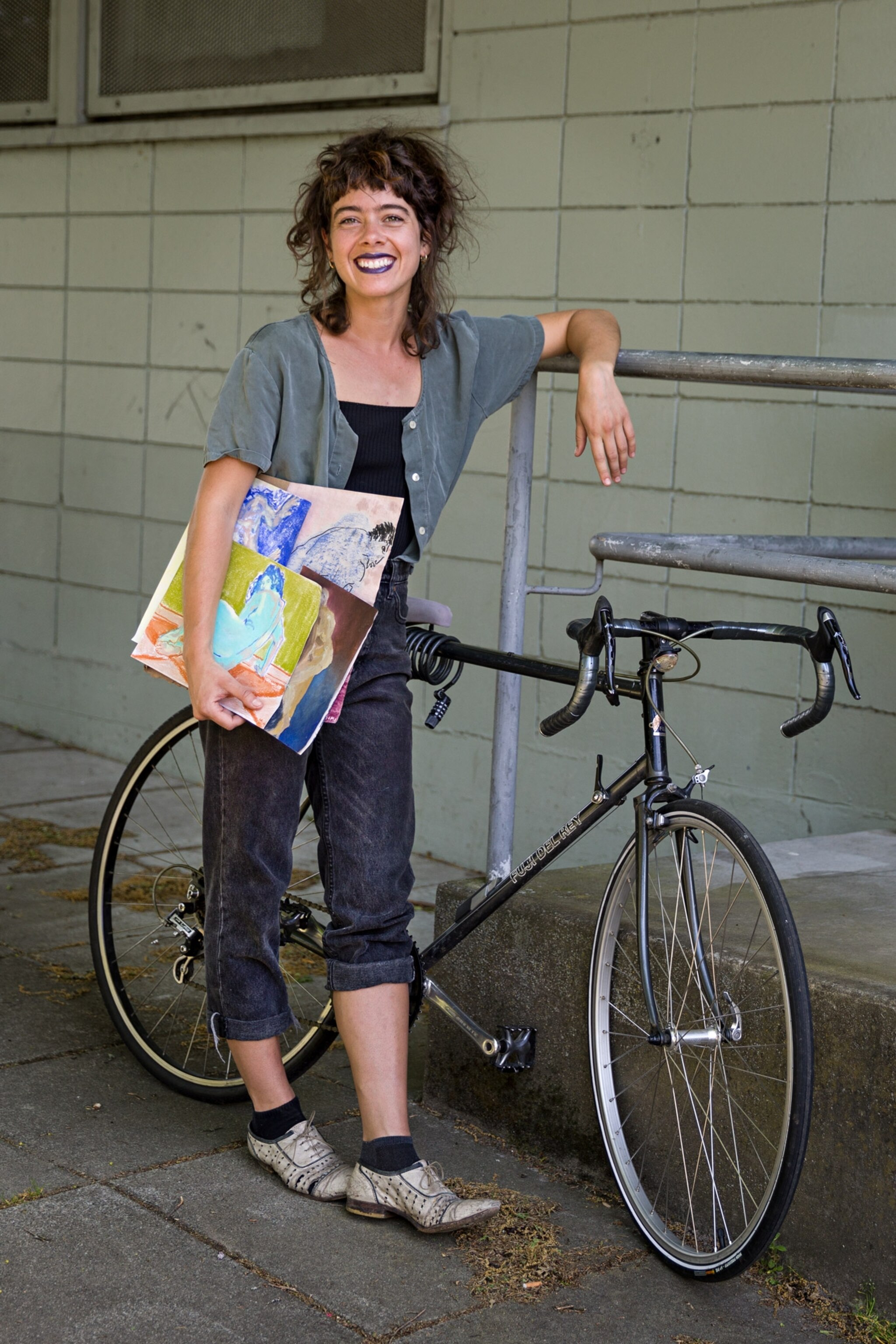
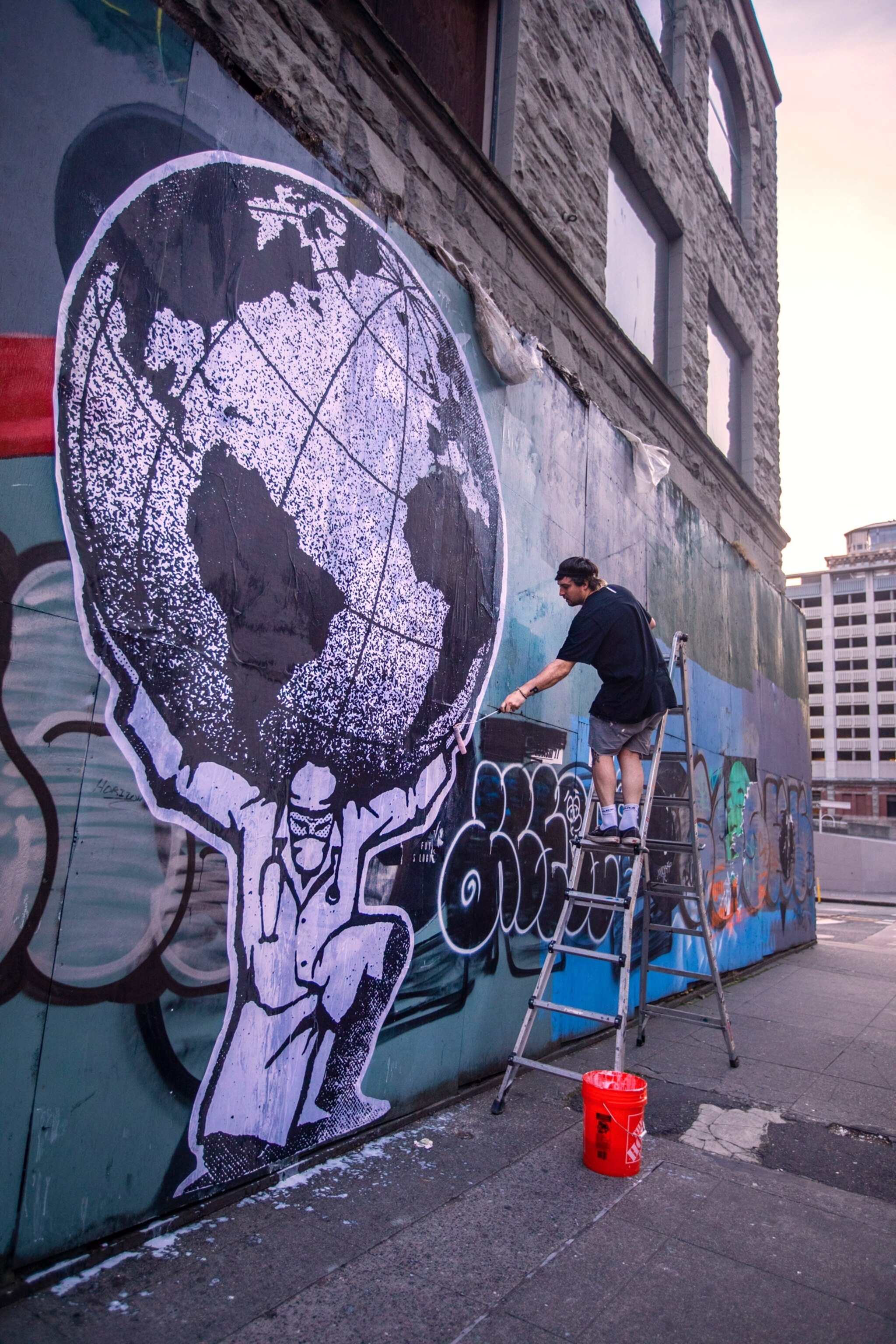
“We try to be low tech and high magic,” Crosby says of the project, which orchestrated a ballet of up to 20 cars a day.
Some perks at Pike Place
On any weekend, Seattle’s Pike Place Market hums with activity. Locals and tourists crowd the covered market, browsing stalls packed with seasonal produce, flowers, and mountains of fresh salmon and crab. Fishmongers in orange overalls chuck the day’s catch across the counters.
But in the wake of the pandemic, and as Washington continues to shelter in place, all that has changed. Most of the stalls are empty and handwritten “Closed” signs are the only things on display. Still, the few businesses now open are lifting spirits in myriad ways. In the subdued setting, friendly souls at Sosio’s Fruit & Produce are doing double duty—selling the stall’s own goods along with the flowers from other vendors, whose stands, deemed non-essential, had to close. Across the way, chefs at Atrium Kitchen, a community kitchen and food business incubator, are cooking up free meals bound for senior citizens stuck at home.
The spirit of goodwill can be felt elsewhere too, at places like FareStart, a James Beard Award-winning nonprofit that teaches people living in poverty skills to gain jobs in the food service industry. When the pandemic hit, it ramped up efforts to deliver more than 350,000 emergency meals to nearly 100 sites, including shelters and quarantine centers. FareStart is also distributing take-home meals to students through school kitchens, as the COVID crisis has left one in five children across the nation food insecure. And restaurants like The Herbfarm have shifted focus to prepare locally sourced, multi-course meals for healthcare workers on the front line.
“Our story is about an entire Seattle cross-section of people and businesses who have come together to raise the tide,” says Angela Shen, the founder of the food tour company Savor Seattle, which until recently led groups on tasting tours through Pike Place. She has now launched the wildly popular Iconic Market Box delivery program, which directly helps vendors as well as the market’s Safety Net fund.
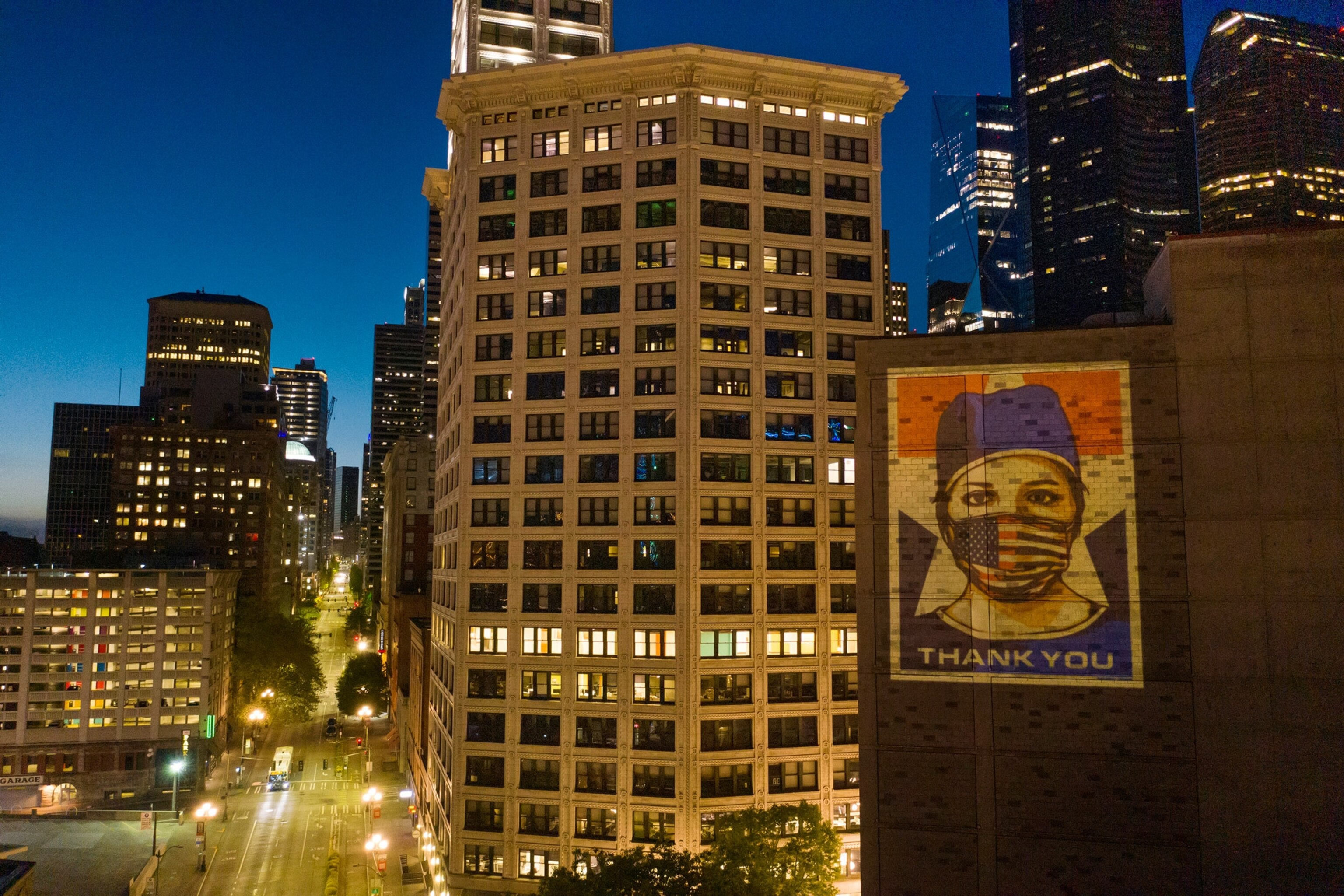
Shen knows first-hand the power of community in Seattle. When she arrived here as a 26-year-old with a “crazy” food tour idea, she says she was welcomed with open arms. “The community took me in as a complete stranger,” she says. “This is home.”
Bringing it all back home
Boarded-up storefronts, signs of the pandemic’s economic destruction, become canvases for muralists like Patrick Nguyen. The prolific artist, who goes by @dozfy, has created more than 44 works imbued with positive messages. Several decorate the Ballard neighborhood, a retail and culinary hub that now features more than 35 murals from several artists within a four-block stretch.
Strolling this urban gallery is a balm for the soul. Colorful compasses encourage would-be travelers to “Go easy”; cloud-covered mountain tops remind nature-lovers that “This too shall pass”; and the Space Needle bisecting a heart emboldens us to “Stay strong.”
The mural project was a chance to support the community “when it was truly needed most,” says Mike Stewart, executive director of Ballard Alliance, which coordinated most of the neighborhood’s artworks.
(Related: Will street art bring tourism to rural Australia?)
Through it all, KEXP, the city’s beloved public radio station and cultural touchstone, has continued to provide the soundtrack to this music-loving city. Deejays, who normally broadcast their eclectic selections from the station’s café-meets-music hall, now mic up at their own dining room tables.
Host John Richards, who for decades has been getting Seattleites out of bed in the morning, has moved “The Morning Show” to his home as well. With some sessions now dubbed “Lawn in the Morning,” the program livestreams local artists rocking out in the early hours of the day in Richards’ front yard.
And even though the setting has changed, the music and the message have stayed the same. For the thousands of “morning faithful” listeners who tune in—in Seattle and beyond—Richards’ daily sign off has even more resonance: “You are not alone.”

